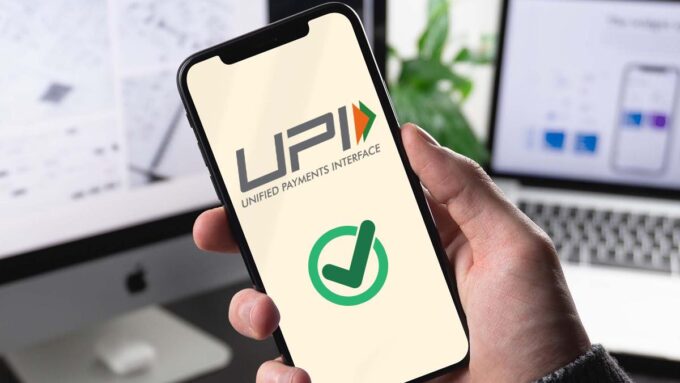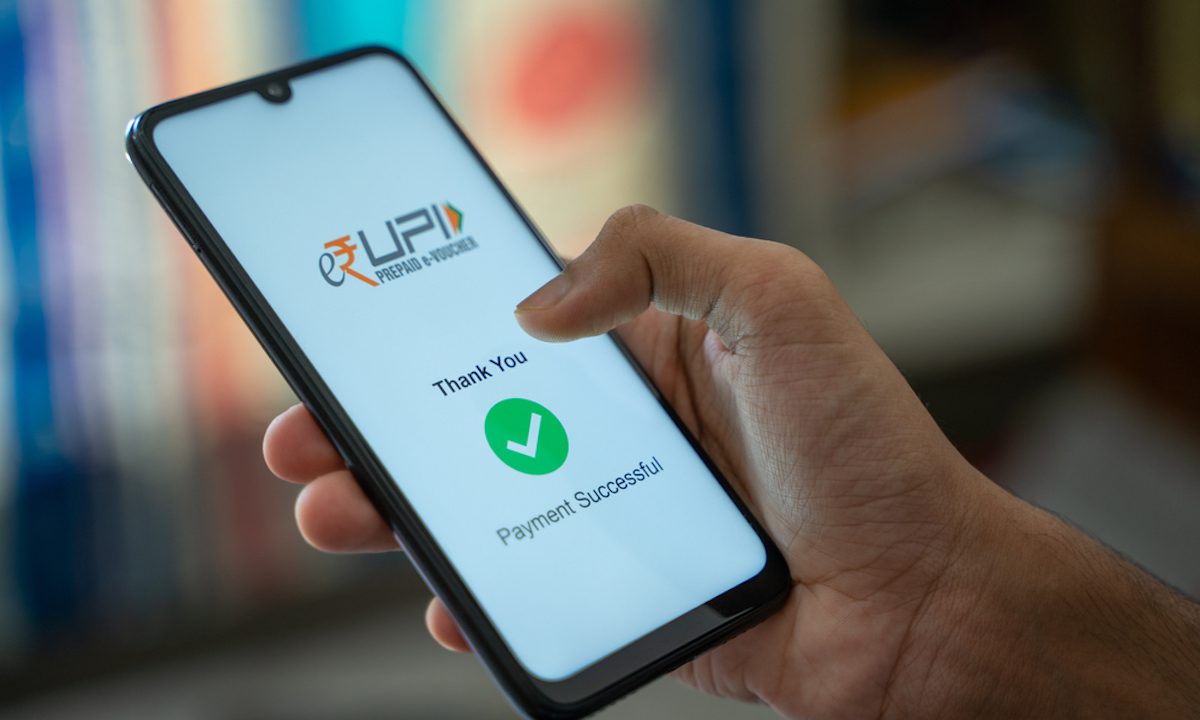As the digital realm continues to reshape the way we engage with financial transactions, the pivotal role of UPI payments has become increasingly apparent. Within this domain, the significance of Prepaid Payment Instruments (PPIs) cannot be overstated. However, the surge in UPI payments comes hand in hand with a set of security challenges that necessitate careful consideration.
This article delves into the intricate landscape of security challenges in PPIs, with a specific focus on ensuring the resilience and security of UPI payments in the dynamic digital age.
Importance of PPI in UPI Payments
At the core of the UPI payments ecosystem, Prepaid Payment Instruments or PPIs serve as indispensable facilitators, acting as intermediaries that streamline transactions among consumers, businesses, and financial institutions. Comprising digital wallets, prepaid cards, and mobile money solutions, PPIs offer unparalleled convenience.
Other than that, smart cards, online accounts, online wallets, stripe cards, paper vouchers, etc.are some of the examples for prepaid payment instruments. However, the critical challenge lies in ensuring the security of these instruments to maintain user trust and sustain the growth trajectory of UPI payments.
Security Challenges and Solutions

- Unauthorized Access and Fraudulent Activities: The risk of unauthorized access and fraudulent activities is one of the primary security challenges in PPIs. In the middle of increasing cyber threats, attackers may try to compromise user accounts, illicitly obtain funds, or commit identity theft. Enforcing vigorous security measures, including multi-factor authentication, encryption, and continuous monitoring, is crucial to prevent these threats effectively.
- Transactional Fraud: As UPI payments gain widespread adoption, the potential for transactional fraud grows. Attackers may exploit vulnerabilities in the PPI infrastructure to initiate unauthorized transactions. To counter this, advanced fraud detection and prevention mechanisms are essential, allowing for the real-time identification and mitigation of fraudulent activities.
- Data Breaches: The sensitive financial information stored within PPIs makes them attractive targets for data breaches. Cybercriminals may look to make vulnerabilities to gain unauthorized access to giant quantities of data. To counter this threat, strict cybersecurity measures, inclusive of encryption protocols and secure storage practices, are vital to boost the defenses towards unauthorized access and data leakage.
- Integration Challenges with Third-Party Services: The integration of PPIs with third-party services and applications introduces an additional layer of complexity and potential vulnerabilities. Ensuring that these integrations adhere to strict security standards is crucial to prevent unauthorized access and data leakage. A collaborative effort between PPI providers and third-party services is necessary to establish and maintain a secure and compliant ecosystem.
UPI Payments for Businesses

The landscape of business transactions has witnessed a transformative shift with the advent of UPI payments. If you are keen to know the meaning of UPI or Unified Payments Interface. It is a real-time payment system introduced by the National Payments Corporation of India (NPCI) to enhance instant and seamless transactions between banks using mobile devices.
UPI payment mechanism offers businesses a streamlined and effective platform for managing financial interactions. Allowing immediate fund transfers between bank accounts through mobile devices, UPI payments translate into accelerated transactions, less friction, and an overall increased customer experience.
Businesses are increasingly recognizing the advantages of UPI payments in optimizing their operations. Whether it’s receiving payments from customers or disbursing funds to vendors and employees, the simplicity inherent in the UPI ecosystem, where transactions are initiated through UPI IDs or QR codes, ensures seamless integration into existing payment infrastructure.
Enhancing User Knowledge and Skills
It’s crucial for the safe application of PPIs and UPI payments to boost user knowledge and skills. Educating users on how to spot phishing schemes, confirm the identity of payment receivers, and maintain strong password practices is essential. Armed with this information, individuals can safeguard their financial data and securely navigate digital payment platforms, thus diminishing the likelihood of cybercrime victimization.
Compliance with Regulations
For financial entities and PPI providers, abiding by regulatory compliance is vital. This involves rigid observance of data protection and financial transaction laws, which govern the treatment of sensitive customer data. Ensuring compliance helps these organizations stay within legal boundaries, safeguard user information privacy, and uphold industry standards and trust.
Employee Cybersecurity Awareness

In companies using PPIs and UPI payments, training employees in cybersecurity is vital. This training instructs staff on security best practices to reduce internal threats. Topics include recognizing security risks, securely managing customer information, and adhering to security protocols. Well-trained employees in cybersecurity help organizations lower the risk of internal security issues.
Developing a Security Incident Response Strategy
Creating a detailed strategy for responding to security incidents is essential for the quick and effective handling of security breaches. This strategy should detail actions for identifying, containing, and informing stakeholders about breaches. An efficient incident response strategy reduces the impact of security issues, aids in recovery, and keeps customer confidence by showing a proactive stance on security.
Ongoing Security Evaluations
Conducting regular security assessments, like penetration tests and vulnerability checks, is an important preventative action. These evaluations pinpoint weak points in the security framework of PPI and UPI payment systems. Through continuous security monitoring, organizations can fix vulnerabilities, bolster defenses, and ensure resilience against emerging cyber threats, making security evaluations a key part of robust security management.
Conclusion
In conclusion, the seamless convenience and efficiency offered by UPI payments come hand in hand with security challenges in PPIs. A proactive and comprehensive approach is indispensable to safeguard UPI payments in the dynamic digital age. It needs a multifaceted method that contains cutting-edge technologies, robust cybersecurity measures, and continuous user education.
To guard user accounts and information related to bank, PPI providers must prioritise the incorporation of stringent security measures, including encryption, real-time fraud detection, and multi-factor authentication. It is compulsory that industry stakeholders—including financial institutions, regulators, and technology providers—work closely to establish and enforce stringent security standards throughout the UPI ecosystem.
Regular audits, security assessments, and updates to security protocols are crucial components of a proactive security strategy that anticipates and mitigates emerging threats. As the digital payment landscape continues to advance, the commitment to security becomes an indispensable pillar for sustainable growth.
By addressing and mitigating the security challenges associated with PPIs, businesses and consumers alike can continue to enjoy the benefits of UPI payments with confidence in the safety and integrity of their financial transactions. The evolving landscape necessitates constant vigilance and innovation, ensuring that UPI payments remain a secure and trusted platform in the ever-changing digital age.











